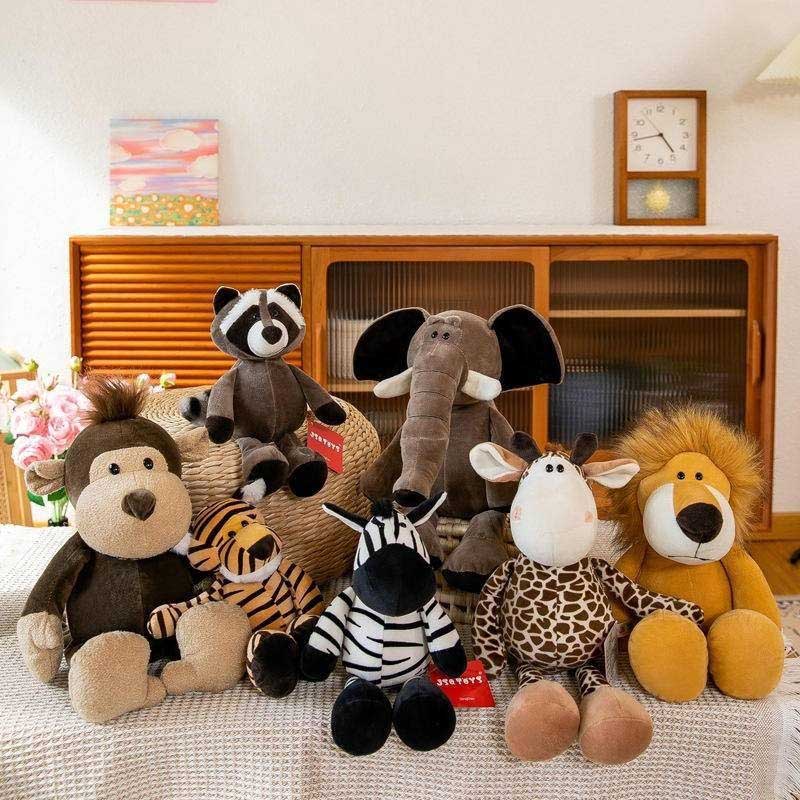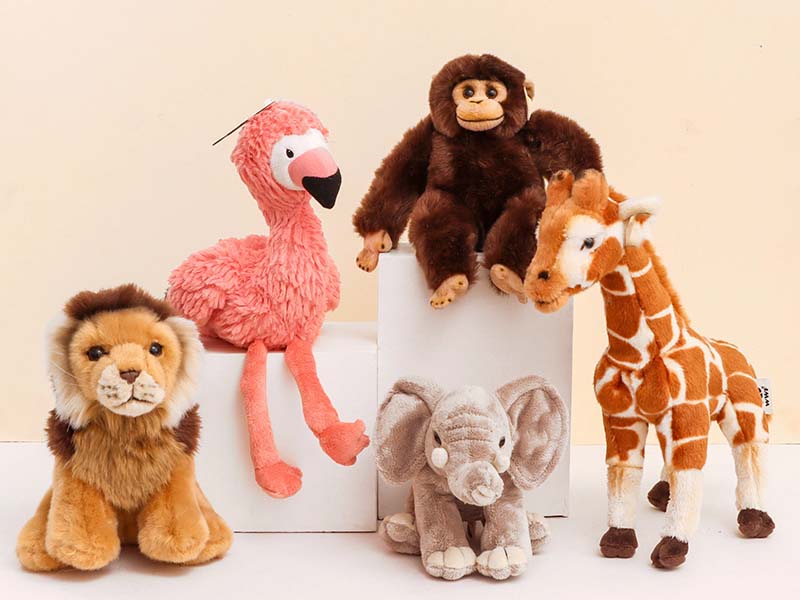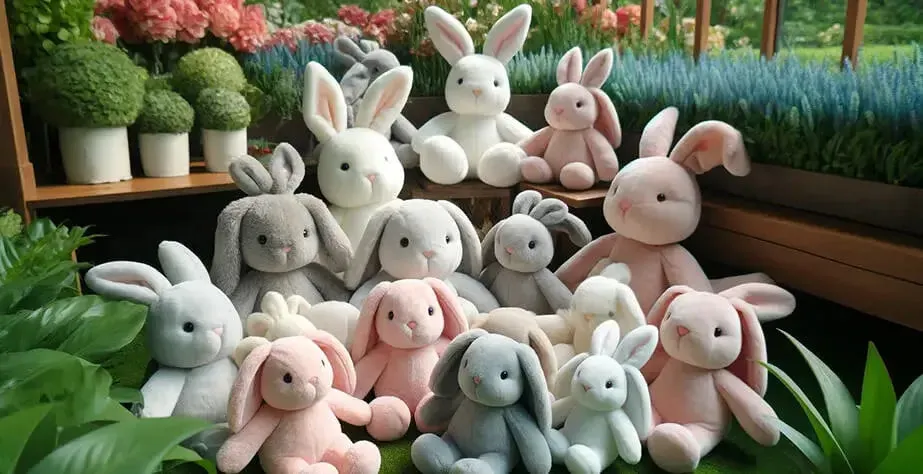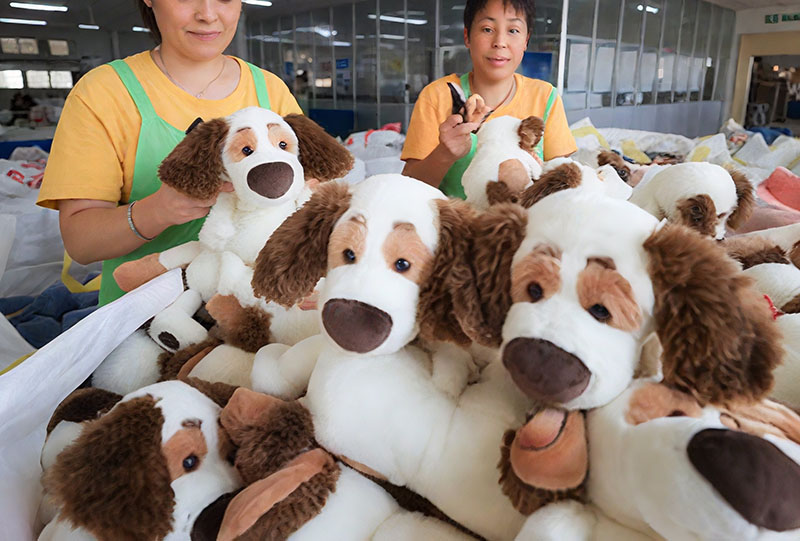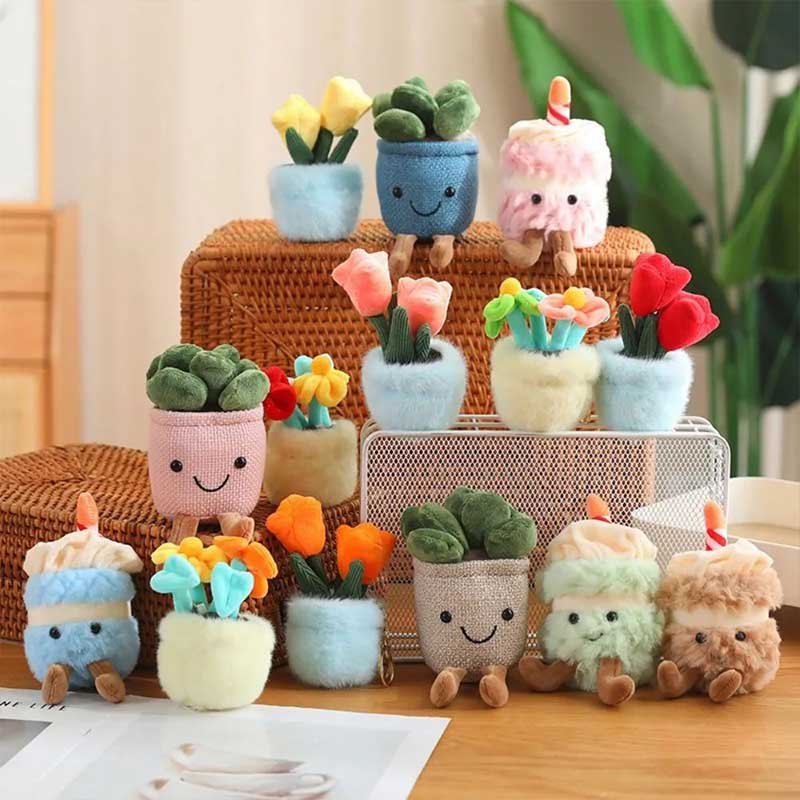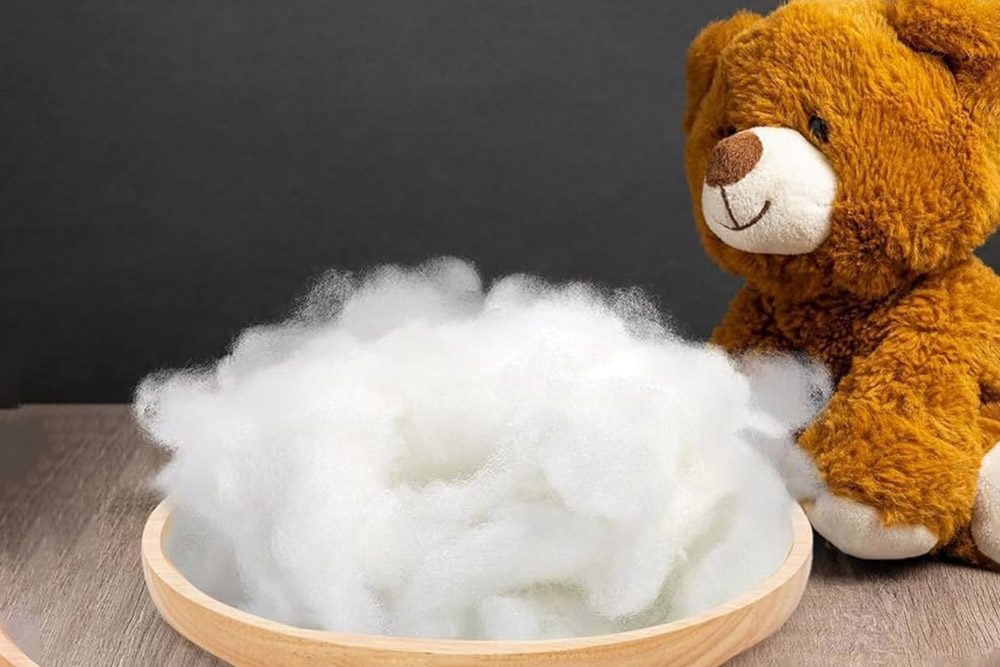Stuffed animals bring comfort, companionship, and joy. But they also collect dirt, dust, and bacteria over time. Proper washing keeps them safe, soft, and long-lasting.
The best way to wash a stuffed animal depends on its construction, fabric, and filling. Always check the care label before deciding whether to use surface cleaning, machine washing, or hand washing. Drying and disinfection steps are equally important to preserve quality, prevent mold, and maintain hygiene for children.
A reliable cleaning method ensures plush toys remain safe for cuddles and attractive for years. Let’s explore step by step.
1) Check the Label First
Every plush toy is unique, and the safest washing method depends on its care label.
The care label provides crucial guidance on whether a stuffed animal can be machine washed, hand washed, or only surface cleaned. Following it prevents shrinkage, fading, or structural damage.
Labels are added during manufacturing to help buyers and parents. They often include universal laundry symbols. For example, a hand icon means hand washing, a tub with water means machine washable, and a cross-out symbol means no immersion.
From a factory perspective, care labels are not just consumer guidance—they’re compliance requirements. For example, EN71 in Europe and ASTM F963 in the USA require manufacturers to provide washing instructions for toys intended for children. Japan and South Korea demand more detailed guidelines, especially for baby plush, such as specifying maximum water temperature or restrictions on tumble drying.
When sourcing from a manufacturer, retailers should ask: “Are these plush toys machine washable?” Products promoted as “easy to clean” are often more attractive for parents and daycare centers. Promotional plush may only support surface cleaning, but still need clear instructions to avoid liability claims if mishandled.
| Label Symbol | Meaning | Recommended Action |
|---|---|---|
| Machine wash icon | Safe for machine washing | Gentle cycle, cold water |
| Hand wash icon | Hand wash only | Mild detergent, lukewarm water |
| Do not wash icon | Surface clean only | Spot clean with damp cloth |
| Tumble dry icon | Low heat drying allowed | Avoid high temperature |
Checking the label avoids costly mistakes, protects the toy, and builds trust with customers. It is the first step for safe washing.
2) Surface Cleaning

Not all toys can survive immersion in water.
Surface cleaning is recommended for delicate toys, collector’s plush, promotional items, and those with glued parts or electronic modules. It removes dirt and stains gently without soaking.
The process involves preparing a mild solution of baby-safe detergent or gentle soap with warm water. Dip a clean sponge or cloth into the solution, wring it out, and gently wipe the plush. For stubborn stains, use a soft brush, following the direction of the fabric to avoid pulling fibers.
Factories often design promotional or decorative plush to be “surface clean only.” This keeps production costs lower by avoiding the need for reinforced stitching or washable stuffing. For buyers, this is important because resale markets differ: parents want washable toys for daily play, while collectors want pristine plush that should not be immersed.
In childcare facilities, hospitals, and hotels, surface cleaning is widely used because it is quick, requires no drying, and keeps toys safe for constant rotation. Many B2B buyers for these sectors request plush with stain-resistant or antibacterial fabric finishes to make surface cleaning even easier.
| Step | Action | Benefit |
|---|---|---|
| Prepare solution | Mix mild detergent with warm water | Safe and gentle |
| Wipe surface | Use soft cloth or sponge | Removes dirt and stains |
| Brush details | Clean corners and seams | Prevents dust build-up |
| Air dry | Shade and ventilation | Prevents mold and fading |
Surface cleaning is not only a cleaning method—it is a design consideration for manufacturers, and a sourcing decision for buyers.
3) Machine Washing

Machine washing is the most efficient cleaning method for durable plush.
It is best suited for polyester fabrics with strong stitching. Always use cold water, mild detergent, and a mesh laundry bag to protect toys from damage.
Before placing a stuffed animal in the washing machine, check for loose seams and accessories. Repair damage first. Then place the toy in a mesh bag or pillowcase to reduce friction. Select a gentle cycle with cold water.
From a factory’s perspective, toys meant to be “machine washable” must pass durability tests. These include wash tests simulating 10 or more cycles, ensuring stitching remains intact, colors don’t fade, and stuffing doesn’t clump. Large buyers—especially supermarket chains—demand proof of washability before approving a product for sale.
It’s also critical to consider stuffing. Polyester fiberfill usually washes well, but natural cotton may shrink. Weighted toys filled with beads must be tested, as machine washing can displace beads and alter balance. Factories often combine fiberfill with bead pouches to allow safe washing while keeping shape.
| Step | Action | Benefit |
|---|---|---|
| Inspect seams | Repair loose stitching | Avoids tearing during wash |
| Use mesh bag | Place toy inside | Protects fabrics and details |
| Gentle cycle | Cold water, slow spin | Prevents shrinkage and fading |
| Mild detergent | No bleach or harsh chemicals | Safe for children’s skin |
Machine washing is fast and practical, but requires both smart design and careful consumer instructions to ensure toys last.
4) Hand Washing

Some plush toys need extra delicate care.
Hand washing is ideal for toys with embroidery, glued decorations, or fragile fabrics. It offers full control, protecting details that machines may damage.
To hand wash, fill a basin with lukewarm water and a small amount of gentle detergent. Immerse the toy, gently pressing water through the fabric. Focus on dirty areas using your hands or a soft brush. Avoid wringing or twisting, which can stretch seams or misalign stuffing.
Collectors and high-end buyers often prefer toys with “hand wash only” labels, as it signals premium craftsmanship. In B2B sourcing, gift shops, boutique retailers, and premium baby brands see this as a quality advantage rather than a limitation.
Factories prepare for this by reinforcing embroidery threads, using colorfast fabrics, and testing for soap resistance. Buyers should confirm with suppliers whether the plush’s embroidery, embellishments, or decorative trims are securely attached before offering them to retail markets.
After cleaning, rinse thoroughly to remove soap, then gently press water out with towels. Let the toy air dry. Industrial manufacturers may suggest pre-testing fabrics to verify color stability.
| Step | Action | Benefit |
|---|---|---|
| Fill basin | Lukewarm water + mild detergent | Gentle on fabrics |
| Submerge toy | Push water through fabric | Cleans deeply and evenly |
| Rinse carefully | Until water runs clear | Prevents detergent residue |
| Towel dry | Press water, avoid wringing | Maintains toy shape |
Hand washing protects delicate plush and highlights attention to detail in premium markets.
5) Drying

Washing is only half the process—drying ensures long-term safety.
Improper drying can lead to odor, mold, or damaged fibers. Air drying in shade is the safest method for all plush.
After washing, pat the toy with towels to remove excess water. Avoid wringing, as this stretches seams. Place the toy flat on a dry towel in a ventilated area. Do not expose it to direct sunlight, as this can fade colors.
Factories sometimes test plush in industrial drying chambers to simulate real-world drying conditions. They monitor shrinkage, fiber softness, and stuffing clumping. Buyers sourcing washable toys should request these reports to ensure the product maintains quality after repeated washes.
If the label allows, tumble drying on low heat is possible. Adding two clean tennis balls in the dryer helps restore plushiness by breaking up stuffing clumps. However, toys with beads or foam fillings must only be air dried.
Retail buyers should note that “quick-dry plush” is a strong selling point. Parents want toys that can be cleaned and reused quickly without risk. Brands targeting daycare or hospital markets often advertise toys as “fast-drying” to meet hygiene expectations.
| Method | Description | Best For |
|---|---|---|
| Air drying | Shade, natural airflow | All plush toys |
| Towel pressing | Pat dry with towels | Removes excess water |
| Low heat tumble | Dryer with tennis balls | Polyester plush, strong stitching |
| Avoid sunlight | Prevents fading and fiber damage | Preserves colors and softness |
Proper drying extends the toy’s life and adds value for buyers and consumers.
6) Disinfection

Cleaning removes dirt, but disinfection ensures true hygiene.
Disinfecting plush toys protects children from bacteria and allergens. Options include steam cleaning, UV sterilization, and non-toxic sprays.
Steam cleaning is highly effective in killing germs and dust mites. Handheld steamers are widely used, but operators must avoid excessive heat, which can damage fibers. UV sterilization boxes are another safe option for small plush, popular in Japan and South Korea for baby products. Fabric-safe disinfectant sprays are also available but must be tested to confirm non-toxicity.
For B2B sourcing, some buyers require toys to undergo sterilization before packaging. Hospitals and daycare centers often demand “pre-sanitized” plush, individually sealed in bags. Export markets may require compliance with CPSIA, EN71, or regional hygiene certifications. Middle Eastern buyers may ask for halal-compliant cleaning chemicals.
Factories can integrate disinfection into production by using ozone chambers or UV tunnels. This helps buyers market their products as safer and more hygienic. Parents also prefer toys advertised as “antibacterial” or “pre-sanitized,” which adds value in competitive markets.
| Method | Description | Safety Note |
|---|---|---|
| Steam cleaning | High heat kills bacteria | Avoid overheating fabrics |
| UV sterilization | UV box treatment | Fast and chemical-free |
| Spray disinfection | Fabric-safe solutions | Must be non-toxic and certified |
Adding disinfection ensures toys are not only clean but also trustworthy for sensitive buyers and markets.
Conclusion
Properly washing stuffed animals requires balancing materials, filling, and design. From reading the care label to choosing surface, hand, or machine washing, every step matters. Correct drying and disinfection guarantee that plush toys stay hygienic, attractive, and long-lasting.
At Kinwin, we design and manufacture plush toys with washable fabrics, reinforced stitching, and safety-tested stuffing. This ensures easy maintenance for parents and peace of mind for retailers. If you’re sourcing plush toys that combine quality, safety, and customization, reach out to Amanda at [[email protected]] or visit https://kinwintoys.com. Let’s create products that children love and parents trust.


